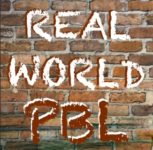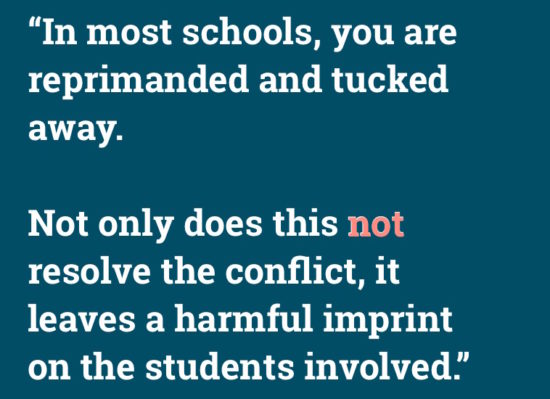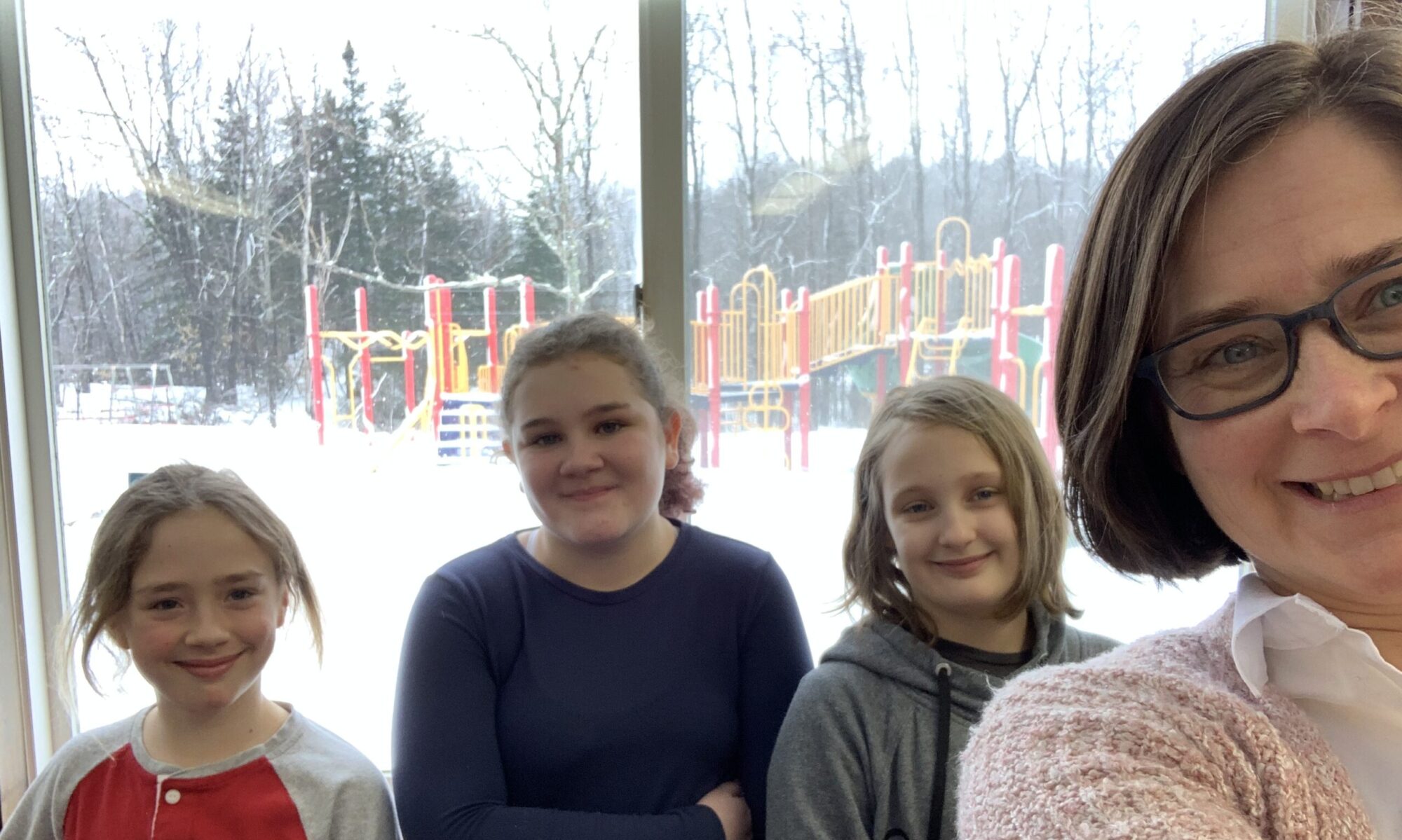A student-centered approach to school discipline
 Editor’s note: The students in Randolph Union’s PBL class have created a restorative justice system for their school. The students wrote this post as a way to share their story and encourage other schools to give restorative justice a try.
Editor’s note: The students in Randolph Union’s PBL class have created a restorative justice system for their school. The students wrote this post as a way to share their story and encourage other schools to give restorative justice a try.
A lot of people are afraid to start implementing restorative justice in schools because of how intensive the work is. Although it certainly has been difficult to do it at Randolph Union High School (RUHS), we have found that it is well worth our efforts. Students have found that the working in setting up and running Restorative Justice has made subtle but important changes in their learning.
One student in particular has developed a new motivation for staying in school and ensuring that he and his peers avoid the pitfalls of interactions with the criminal justice system. This came out of work on the School to Prison Pipeline, which examines the connection between suspension and dropping out and dropping out with criminality.
Other students have enjoyed the freedom and student driven nature of the class. They appreciate being able to direct their learning and pursue their interests and passions for bettering the school and community.

As part of the class, students have learned, researched, and presented to the faculty on the need for restorative justice in the school.
Students trained in the methods of mediation and circle processes and with faculty approval began a pilot restorative justice program, which is currently up and running. Another student remarked about a deeper understanding of teachers and a greater ability to communicate with them.
In addition to working with students to better manage conflict and disagreement, we have also done mediations between teachers and students. These mediations have brought students and teacher to the same table to discuss differences, behaviors, and helped both sides to communicate and better understand one another.
In addition to the benefits to the learning of the students in the class, we believe that it has helped us develop a deeper understanding of the community, as well as a drive to develop the environment. Many participating students feel that they have a better understanding of the people that they grew up with, and feel a drive to grow that empathy in everyone in the school community.
Something that we are constantly learning about in restorative justice is the power of listening.
And not only listening, but comprehending and creating resolution.

In most schools, if you do something harmful to the environment, you are reprimanded and tucked away. Not only does this not resolve the original conflict, but it also leaves a harmful imprint on the students involved. In restoration work, the focus is not to figure out who is to blame, but to meet the needs and obligations of the situation. Without restorative practices, many students feel that their needs are not met, that their voices are not heard. And this creates unhealthy relationships and environments for young people to be learning in.
Our class feels so strongly that this work is necessary, even though it is hard, because we want to see an ultimate level of trust and compassion in our school, and we think that restorative justice is exactly about growing those values.



3 Replies to “Restorative Justice at Randolph Union”
Comments are closed.